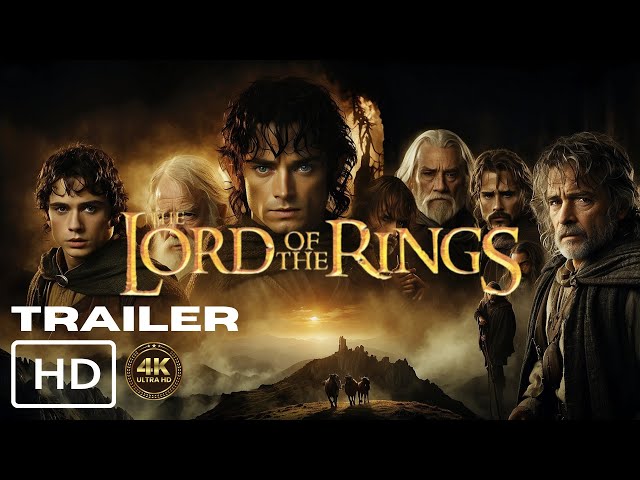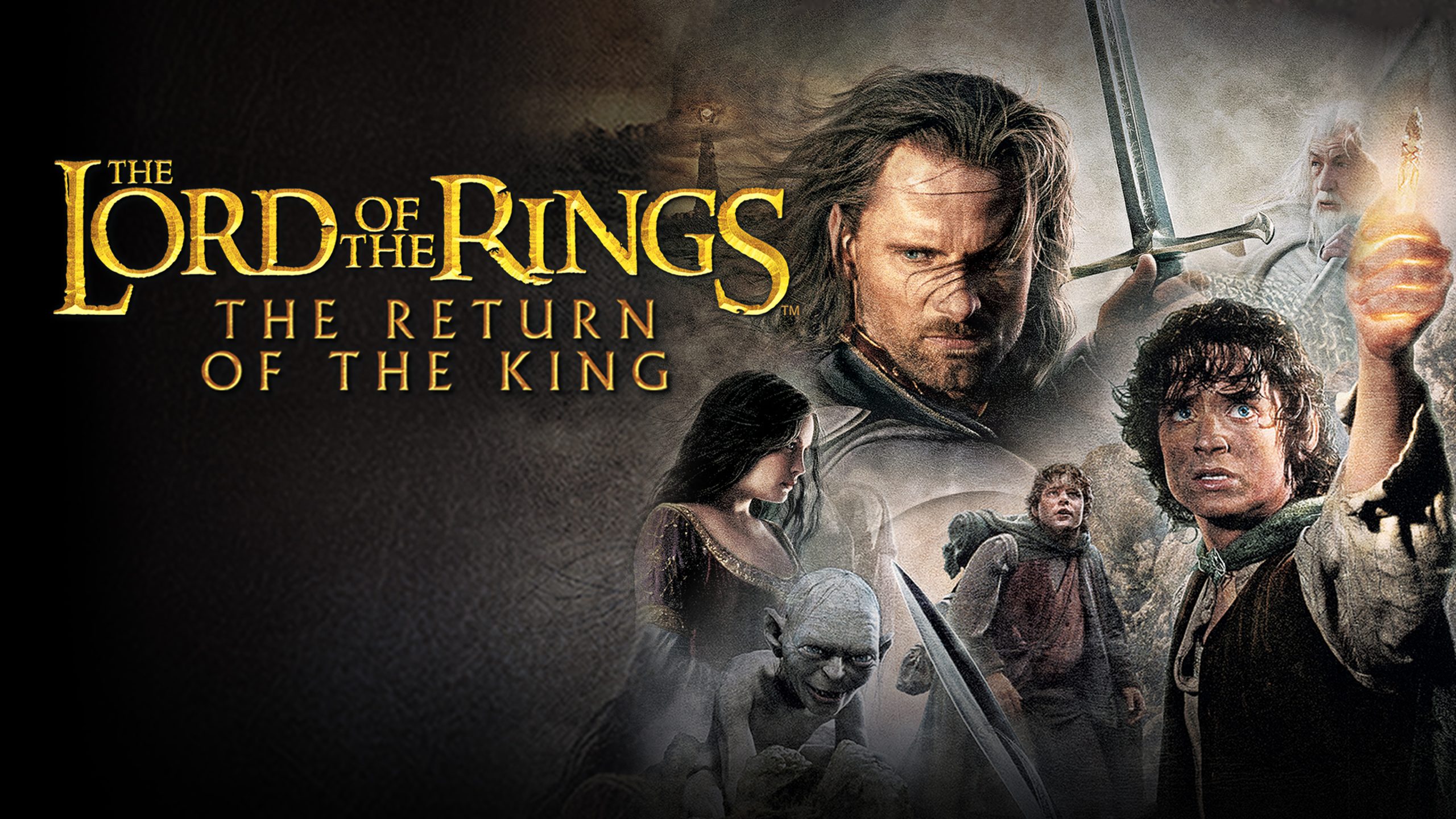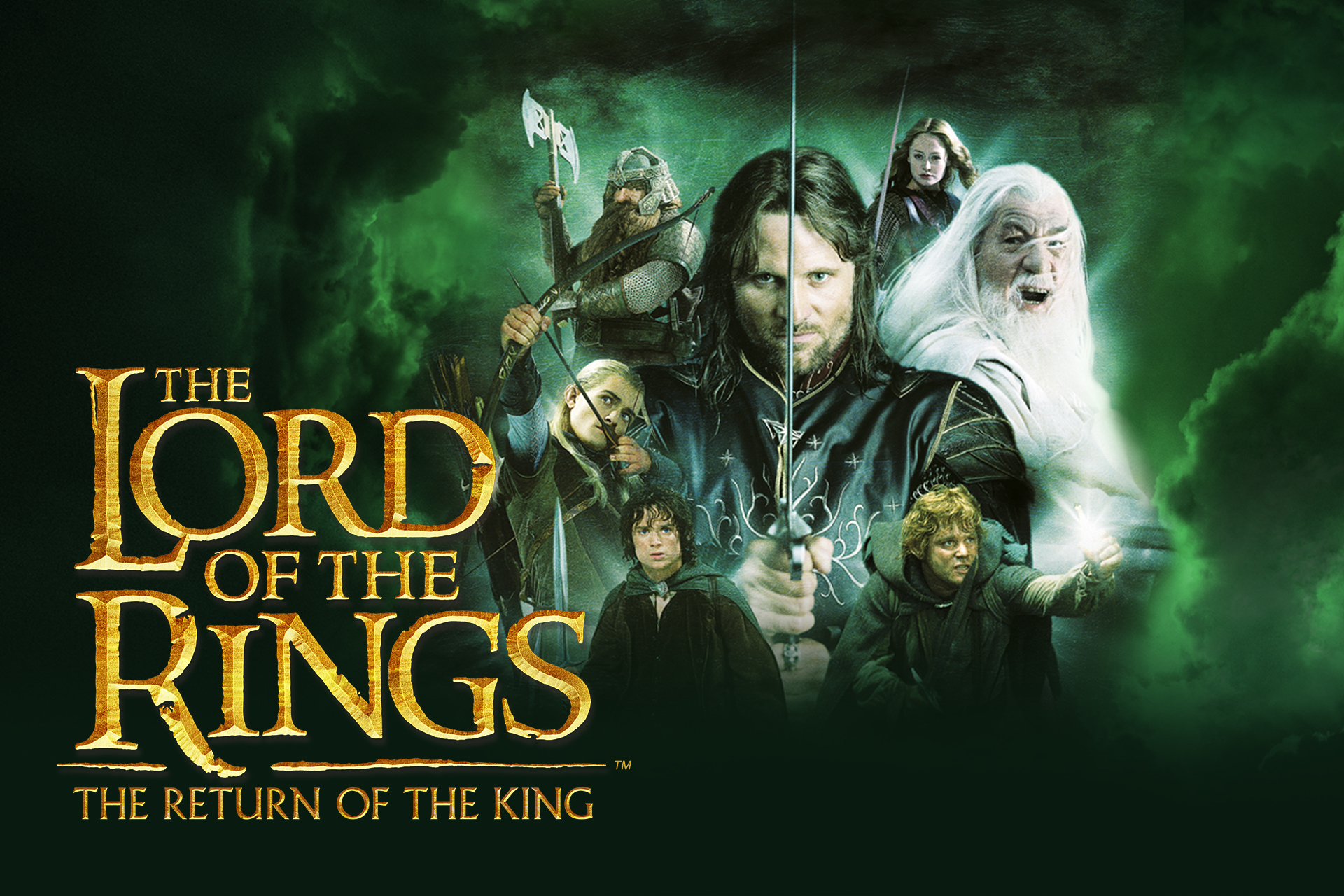The Lord of the Rings: The Return of the King (2025) – The Crown of Light Restored

The Lord of the Rings: The Return of the King (2025) marks an extraordinary resurrection of one of cinema’s most defining masterpieces — a breathtaking 4K reimagining that honors Peter Jackson’s timeless vision while expanding its scope and splendor for a new generation. This isn’t a remake; it’s a renewal — a return to Middle-earth that feels both ancient and alive, filled with all the grandeur, sorrow, and triumph that made the original saga a legend of modern myth.
The story, eternally powerful, unfolds as the fate of Middle-earth hangs by a thread. Frodo (Elijah Wood) and Sam (Sean Astin) press onward toward Mount Doom, their bond tested by exhaustion and the poison of the Ring. Aragorn (Viggo Mortensen), the reluctant heir to Gondor, must rise to his destiny as king and lead the forces of men against Sauron’s encroaching darkness. Meanwhile, Gandalf (Ian McKellen) stands at the walls of Minas Tirith, his wisdom the last light against despair. Every strand of story converges toward one moment — the final heartbeat of an age.
Under the direction of Peter Jackson, the 2025 edition of The Return of the King is a cinematic resurrection, lovingly restored and re-scored to bring new emotional clarity and visual majesty. Jackson reassembled portions of unseen footage, weaving subtle additions into the tapestry — extended battle sequences, whispered prophecies, and haunting glimpses of what victory costs. The pacing is sharper, the tension richer, and the emotion somehow deeper, as if the story itself has matured with time.
The performances, already immortal, feel renewed through restoration. Viggo Mortensen’s Aragorn radiates nobility and quiet pain — a king who fights not for glory, but for peace. His coronation scene, rendered with fresh cinematographic warmth, feels less like spectacle and more like sacred rite. Elijah Wood brings tenderness and torment to Frodo’s burden, while Sean Astin’s Samwise remains the film’s beating heart — loyalty incarnate. His whispered line, “I can’t carry it for you, but I can carry you,” still lands like a prayer to endurance.
Liv Tyler’s Arwen shines with ethereal grace, her arc of sacrifice re-edited to emphasize the fragility of love in an age of war. Miranda Otto’s Éowyn — fierce, wounded, defiant — becomes even more commanding in battle, her duel with the Witch-King now restored in full, her cry of “I am no man!” ringing with thunderous power. Andy Serkis’s Gollum, enhanced through remastered visual textures, remains both monstrous and tragic — a mirror reflecting humanity’s own hunger for possession.
Cinematography by Andrew Lesnie, remastered in HDR, is pure poetry. Every blade of grass on the Pelennor Fields glimmers with dew and death. The siege of Minas Tirith, re-rendered with modern visual effects, achieves staggering realism — catapults blazing, soldiers screaming, and towers falling under red fire. Yet amid the chaos, Jackson’s camera always finds the human face: sweat, fear, love. The intimacy of heroism remains intact.
Howard Shore’s legendary score returns in full orchestral majesty, newly remastered and expanded with unreleased compositions. The music swells like memory itself — horns of Gondor echoing across time, Elvish choirs weaving lament and light. The new choral finale, “Crown of the West,” serves as an elegy to both Middle-earth and the age of storytelling it helped define.
Thematically, the film’s resonance has only grown. In an age of spectacle, The Return of the King stands as a meditation on endurance, mercy, and fellowship. It reminds us that evil does not end in one battle, and that the smallest act of kindness can outshine the mightiest sword. The tragedy of Frodo’s wounds — the truth that some scars never heal — lands harder in this restored edition, reminding viewers that even victory carries loss.

The emotional crescendo — the destruction of the Ring, the fall of Sauron, and the quiet farewell at the Gray Havens — remains one of cinema’s purest emotional experiences. Jackson’s subtle new edits linger longer on faces: Frodo’s serene pain, Sam’s tearful gratitude, Aragorn’s silent bow to his friends. It’s less an ending than a benediction — a reminder that the road goes ever on.
The epilogue’s restoration gives closure rare in epic filmmaking. As the ships drift into the West, the music fades not into silence, but into rebirth — a new sunrise over the White City, symbolizing hope eternal. It’s a cinematic resurrection that transcends nostalgia, reaffirming why Tolkien’s story endures: because it speaks not only to fantasy, but to the human spirit’s refusal to yield.
In conclusion, The Lord of the Rings: The Return of the King (2025) is not just the return of a masterpiece — it is the return of feeling itself. Reborn through light, music, and memory, it reclaims its throne as one of the greatest achievements in film history. It reminds us that courage may falter, kingdoms may fall, but hope — like the light of Eärendil — never fades.
The king has returned. And this time, the world remembers why. 👑✨
Related movies :
Related movies :
Related movies :
Related movies :
Related movies :
Related movies :











